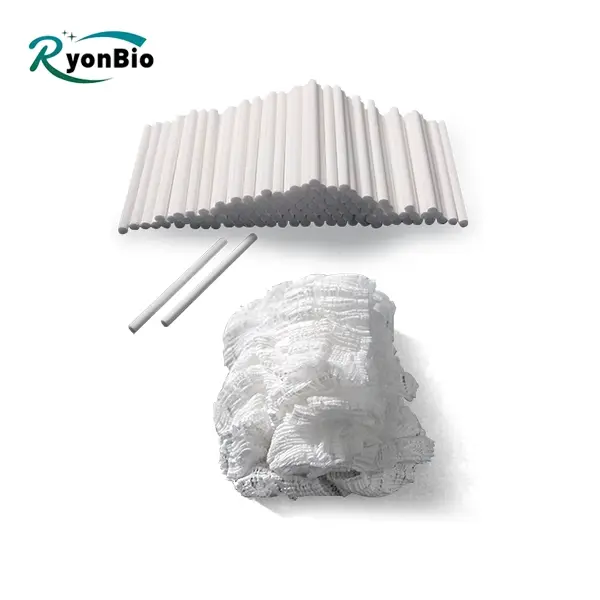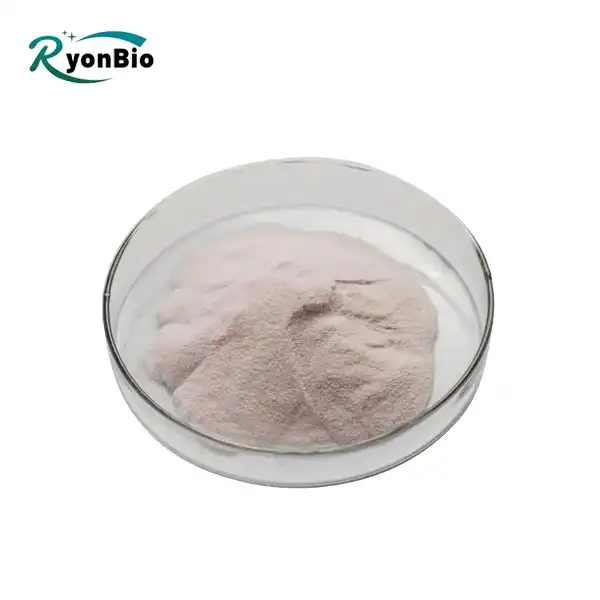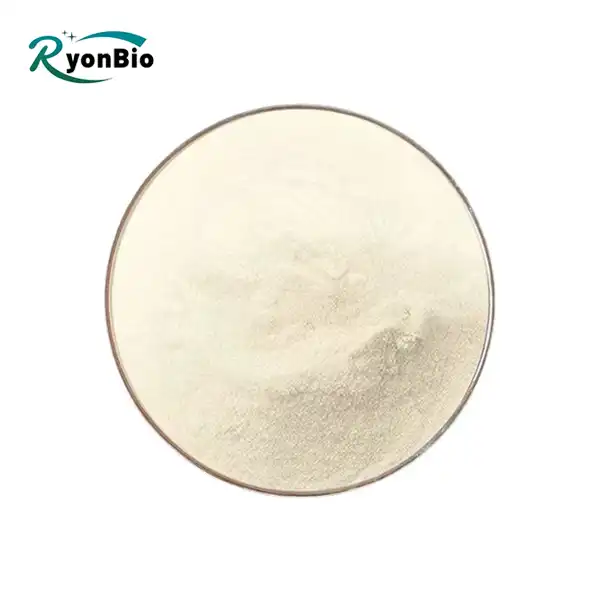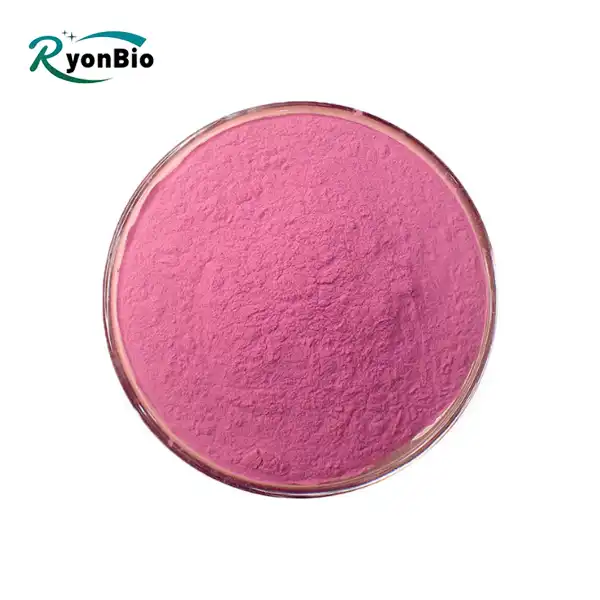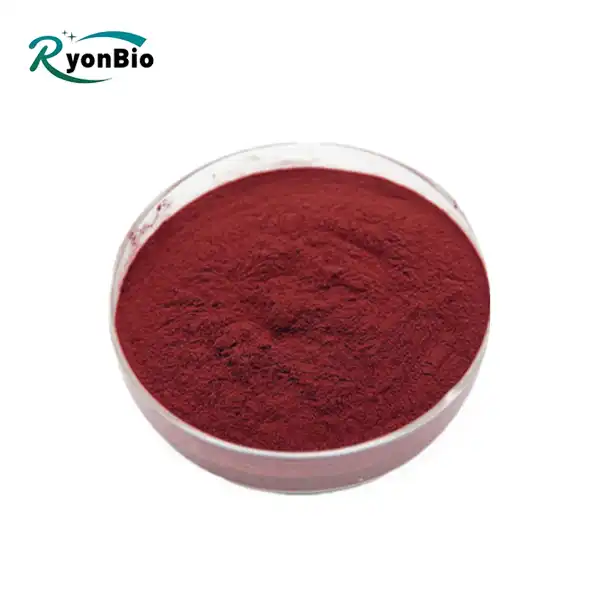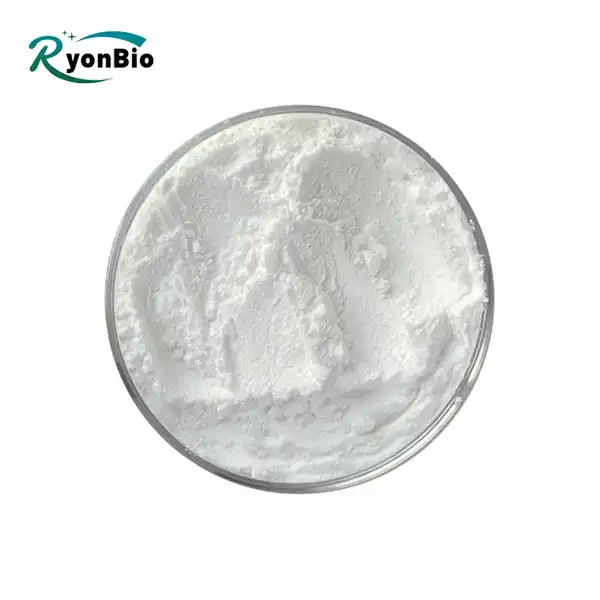How is stevia steviol glycosides powder made?
In today's health-conscious society, natural sweeteners have gained significant popularity as alternatives to traditional sugar. Among these, stevia stands out for its zero-calorie sweetness derived from steviol glycosides. In this article, I delve into the intricate process of producing stevia steviol glycosides powder, exploring the methods employed by industry leaders and the science behind them.

Introduction
Stevia, scientifically known as Stevia rebaudiana, is a plant native to South America, valued for its intensely sweet leaves. Steviol glycosides, the compounds responsible for stevia's sweetness, are extracted from these leaves to create a fine powder used as a sugar substitute. Understanding the manufacturing process is crucial for appreciating the purity and quality of stevia steviol glycosides powder.

Harvesting and Selection of Stevia Leaves
Maturity: Stevia plants are typically harvested when they reach peak maturity, which is essential for maximizing the content of steviol glycosides in the leaves. Maturity is determined by factors such as leaf size, color, and overall plant health. Generally, mature leaves contain higher concentrations of glycosides, contributing to better yield and quality of the final product.
Timing: Harvesting is usually performed at specific stages of the plant's growth cycle, typically before flowering to ensure optimal glycoside content. Timing the harvest accurately is crucial, as waiting too long can result in a decline in glycoside levels and compromised product quality. Harvesting schedules may vary depending on factors such as climate, geographical location, and cultivation practices.

Method: Stevia leaves can be harvested manually or using mechanized equipment, depending on the scale of cultivation and available resources. Manual harvesting allows for careful selection of mature leaves while minimizing damage to the plants. Mechanized harvesting methods, such as cutting or stripping machines, offer efficiency and speed but require proper calibration to avoid excessive leaf loss or damage.
Selective Harvesting: Selective harvesting involves targeting specific parts of the plant, such as the top leaves, which tend to have higher glycoside concentrations. This method optimizes resource utilization and ensures a higher yield of premium-quality leaves for extraction. Selective harvesting requires skilled labor and careful attention to detail to avoid damaging the plants or compromising future growth.
Post-Harvest Handling: After harvesting, proper handling and storage practices are essential to preserve the quality and freshness of the leaves. Leaves should be transported promptly to processing facilities to prevent wilting and deterioration. Upon arrival, they are inspected for signs of damage, decay, or contamination before undergoing further processing.
Quality Control: Quality control measures are implemented throughout the harvesting and selection process to maintain product consistency and purity. Samples of harvested leaves may be tested for glycoside content, moisture levels, and other quality parameters to ensure compliance with industry standards and specifications.
Extraction of Steviol Glycosides
Water Extraction: Water extraction, moreover known as hot water extraction or watery extraction, is one of the most broadly utilized strategies for extricating steviol glycosides from stevia clears out. In this prepare, the takes off are submerged in hot water, ordinarily at temperatures extending from 70°C to 100°C, for a particular period. The warm makes a difference to discharge the glycosides from the leaf tissue into the water, shaping a concentrated solution.
Solvent Extraction: Dissolvable extraction includes the utilize of natural solvents, such as ethanol or methanol, to break up and extricate the glycosides from the plant fabric. This strategy is regularly utilized to accomplish higher yields and immaculateness levels compared to water extraction. After extraction, the dissolvable is regularly expelled through dissipation, taking off behind a concentrated glycoside extract.
Supercritical Fluid Extraction (SFE): Supercritical liquid extraction utilizes carbon dioxide (CO2) as a dissolvable beneath tall weight and temperature conditions to extricate steviol glycosides from the stevia clears out. CO2 in its supercritical state shows both gas-like and liquid-like properties, permitting it to enter the plant fabric and break up the wanted compounds successfully. SFE is known for its capacity to create high-quality extricates without clearing out behind dissolvable residues.
Enzyme-Assisted Extraction: Enzyme-assisted extraction includes the utilize of proteins, such as cellulases or pectinases, to break down the cell dividers of the stevia steviol glycosides powder clears out and encourage the discharge of glycosides. This strategy can improve extraction proficiency and decrease preparing time by expanding the availability of the glycosides inside the plant tissue. Enzyme-assisted extraction is frequently combined with other extraction methods to make strides generally abdicate and quality.

Purification and Concentration
Filtration: Filtration is frequently the to begin with step in filtering the unrefined extricate. It includes passing the extricate through different filtration media, such as enacted carbon or diatomaceous soil, to evacuate insoluble particles, suspended solids, and bigger debasements. Filtration makes a difference clarify the extricate and progress its appearance and stability.
Adsorption: Adsorption methods, such as column chromatography or gum adsorption, are utilized to specifically tie and evacuate particular compounds from the extricate. Adsorbent materials with tall fondness for debasements, such as enacted carbon or particle trade tars, are pressed into columns, and the extricate is passed through them. This handle makes a difference kill undesirable substances whereas holding the steviol glycosides.
Precipitation: Precipitation includes the expansion of particular reagents or alterations in temperature and pH to actuate the arrangement of insoluble complexes or precious stones, which can at that point be isolated from the arrangement. This strategy is regularly utilized to evacuate colored debasements, proteins, and other contaminants that can influence the virtue and appearance of the glycoside extract.
Membrane Filtration: Film filtration procedures, such as ultrafiltration or nanofiltration, utilize semipermeable films to partitioned atoms based on their measure, charge, and atomic weight. These layers can specifically expel littler pollutions, dissolvable buildups, and undesirable components whereas permitting the entry of the wanted glycosides. Film filtration is esteemed for its proficiency and capacity to work beneath gentle conditions without the utilize of chemicals.
Crystallization: Crystallization is a common strategy utilized to concentrate and filter steviol glycosides from the extricate. By controlling variables such as temperature, dissolvable composition, and tumult, the glycosides can be initiated to shape gems, which are at that point isolated from the encompassing arrangement. Crystallization can essentially increment the virtue and concentration of the glycosides, making it a key step in the filtration handle.
Drying and Powdering
Once purified, the concentrated steviol glycosides solution is dried to remove excess moisture, yielding a fine powder. Various drying methods, including spray drying and freeze drying, are utilized to preserve the integrity of the steviol glycosides and enhance their shelf stability. The resulting powder boasts intense sweetness without any bitter aftertaste, making it ideal for use in a wide range of food and beverage applications.
Packaging and Quality Control
Before reaching consumers, stevia steviol glycosides powder undergoes rigorous quality control measures to guarantee safety and efficacy. Leading manufacturers utilize advanced analytical techniques to assess purity, sweetness potency, and absence of contaminants. Packaging is done in airtight containers to maintain freshness and prevent degradation of the product.
Applications and Usage
Sweeteners: One of the essential employments of steviol glycosides is as high-intensity sweeteners in nourishment and refreshment items. They are altogether sweeter than sucrose (table sugar) but contribute no calories to the count calories. Steviol glycosides are consolidated into a wide extend of items, counting delicate drinks, dairy items, heated products, confectionery, sauces, and dressings, to give sweetness without the disadvantages of sugar consumption.
Tabletop Sweeteners: Steviol glycosides are too accessible in tabletop sweetener definitions, either in immaculate powder frame or mixed with bulking operators such as erythritol or maltodextrin. These tabletop sweeteners offer a helpful way for buyers to include sweetness to refreshments, cereals, natural products, and other nourishments without the require for sugar.
Flavor Enhancers: In expansion to their sweetening properties, steviol glycosides can moreover act as flavor enhancers, contributing to the by and large taste profile of nourishment and refreshment items. They can cover off-flavors, upgrade fruitiness, and move forward mouthfeel, making them profitable fixings in details where taste upgrade is desired.
Functional Nourishments and Nutraceuticals: Steviol glycosides are progressively being consolidated into useful nourishments and nutraceutical items due to their potential wellbeing benefits. They are utilized in details focusing on buyers looking to oversee their weight, control blood sugar levels, or decrease their sugar admissions. Useful refreshments, dietary supplements, and wellness items regularly contain steviol glycosides as key ingredients.
Pharmaceuticals: Steviol glycosides have been examined for their potential helpful properties past their sweetening impacts. Investigate proposes that they may have antioxidant, antimicrobial, anti-inflammatory, and hypoglycemic properties, making them appropriate for utilize in pharmaceutical details. They may be utilized in items such as dietary supplements, home grown cures, and verbal care products.
Cosmetics and Individual Care Items: Steviol glycosides are too found in restorative and individual care items, especially those showcased as characteristic or natural. They may be utilized as sweetening specialists or utilitarian fixings in items such as toothpaste, mouthwash, skincare definitions, and hair care products.
Animal Bolster: Steviol glycosides have been investigated as potential added substances in creature bolster to progress tastefulness and decrease the require for sugar-based fixings. Their utilize in creature nourish details may offer benefits such as made strides bolster effectiveness, decreased bolster costs, and improved creature wellbeing.
|
|
|
|
Conclusion
In conclusion, the production of stevia steviol glycosides powder involves a precise series of steps aimed at preserving the natural sweetness and purity of the plant. By understanding the intricacies of this manufacturing process, consumers can make informed choices about incorporating stevia into their diets. As demand for natural sweeteners continues to rise, it stands as a testament to the marriage of science and nature in the pursuit of healthier living.If you want to purchase this product, please contact us at kiyo@xarbkj.com.
References
Food and Agriculture Organization of the United Nations. (2010). Stevia rebaudiana (Bertoni) Bertoni. Retrieved from http://www.fao.org/ag/agp/agpc/gcds/index_en.html
Prakash, I. (2014). Development of Reb M from Stevia rebaudiana. Sweeteners. Elsevier.
Gasmalla, M. A. A., et al. (2019). Stevia Rebaudiana Bertoni: A Natural Alternative Sweetener. Trends in Food Science & Technology, 86, 502-510. doi:10.1016/j.tifs.2019.03.022



